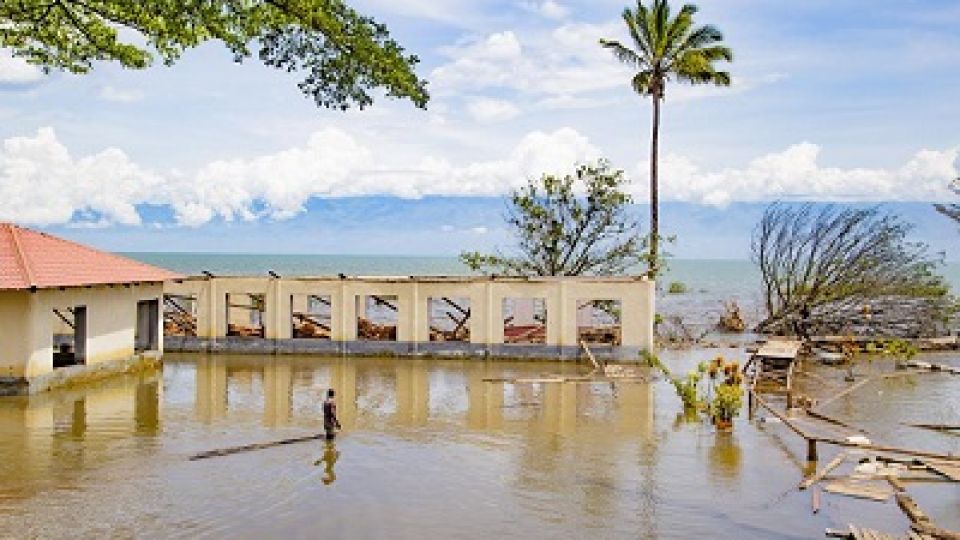from OMEGA SSUUNA in Bujumbura, Burundi
Burundi Bureau
BUJUMBURA, (CAJ News) – HUNDREDS have died, thousands displaced and vast infrastructure as well as farmlands damaged as the East African region bears the brunt of floods induced by climate change and recently, the El Niño weather phenomenon.
Burundi, Kenya and Tanzania are the worst hit. This at a time they are still recovering from the worst dry spell to hit the region in years.
In Burundi, the Red Cross has allocated about CHF400 000 (US$440 000) to counter the devastating impact of the EL Nino, which has brought unprecedented rainfall.
Since March, the water level of Lake Tanganyika has risen by 776 metres, exceeding the normal level by 1,76 metres, marking the most severe increase in 60 years.
In recent days, local residents have had to halt their activities, with some forced to evacuate as the lake continues to encroach upon inhabited areas.
The Red Cross confirms the rising waters have impacted 10 communes across four provinces, more than 162 300 people are at high risk, while 66 400 individuals are already in need of assistance.
Over 3 000 houses, schools and markets have been flooded and more than 40 000 hectares of crop fields destroyed.
The road from the capital Bujumbura to the neighbouring Democratic Republic of Congo (DRC), which is also battling landslides, has been flooded.
The Ministry of Environment and Agriculture has advised residents in affected areas to relocate to safer, non-flooded zones.
Burundi is one of the 20 countries in the world most vulnerable to climate change.
Weather forecasts provided by the Geographical Institute of Burundi to May 2024 indicate climatological risks aggravating vulnerability as well as exposure of communities, their assets, socio-economic infrastructure and the environment.
The government has appealed for assistance from the international community.
“We urge Burundi’s partners to support the strengthening of institutional and community disaster risk management capacities to limit the shocks of extreme weather events,” it stated this week.
In neighbouring Tanzania, to the east, over the past two weeks, heavy rainfall has been causing floods and landslides, and resulting in casualties and damage.
As of 15 April, at least 58 people died.
The Arusha, Coast and Rukwa regions are most impacted.
More than 1 500 people have been displaced and settled in eight evacuation centres. In total, some 126 800 people have been affected by floods.
More rainfall is forecast over most of the country in the coming days.
In Kenya, severe flooding since October 2023 has left more than 1 780 people dead, according to the Agency for Technical Cooperation and Development.
The floods have destroyed infrastructure and severely affected communities’ livelihoods.
The United Nations Office for the Coordination of Humanitarian Affairs reports that as of last week, there have been 13 fatalities and 15 000 people displaced in the latest series of flooding.
Meanwhile, in DRC, in Central Africa, at least 15 people have died and 60 are missing at the time of publication following a huge mudslide southeast of the country on April 13.
– CAJ News

